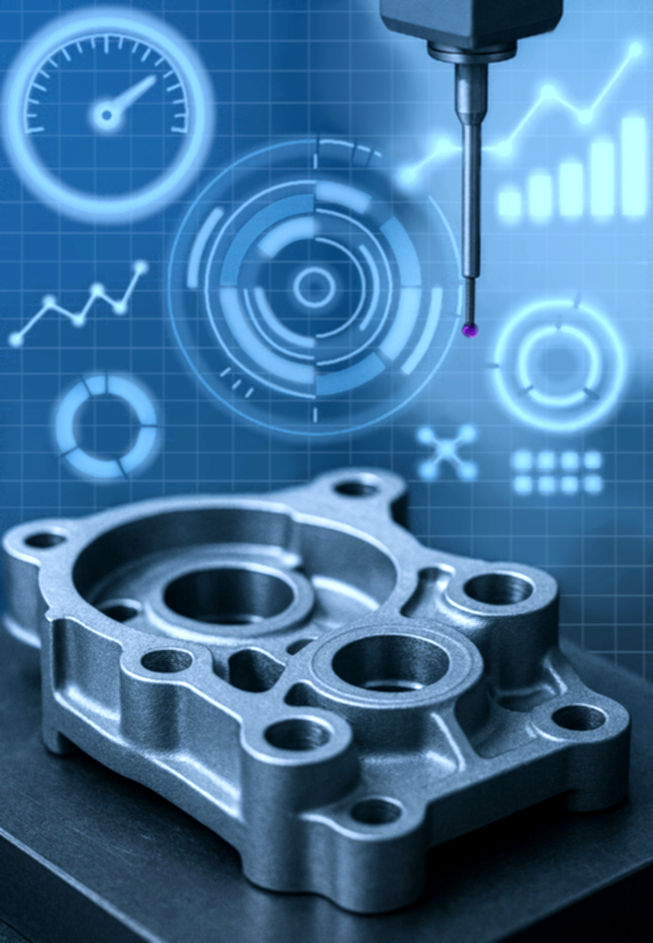Strategic Capital Expenditure: Financing the Future of Manufacturing (August 2025)
- Adriana Gutierrez, Digital Media Producer

- Aug 14
- 2 min read

For decades, the standard approach to Capital Expenditure (CapEx) in manufacturing was simple: if a new machine delivered a clear return on investment (ROI) within a few years, it was a sound purchase. But today, the game has changed. The investments required for digital transformation—from factory automation to data analytics platforms—are more complex than a simple cost-benefit analysis. In August 2025, leading manufacturers are moving beyond traditional CapEx models and adopting a strategic approach that justifies investment not just on efficiency, but on long-term agility, resilience, and brand value.
Beyond the ROI: The New Metrics of Value
While ROI remains a key metric, it’s often insufficient to capture the full value of a modernization project. Strategic CapEx decisions now account for a broader set of benefits:
Operational Agility: In a world of high-mix, low-volume production and volatile consumer demand, the ability to rapidly reconfigure a production line or launch a new product is a massive competitive advantage. Investments in flexible automation, modular equipment, and robotics are now justified on their ability to adapt to market shifts, rather than just on the time it takes to pay off a single machine (Deloitte, Global Manufacturing Report 2025, May 2025).
Resilience and Risk Mitigation: The past few years have highlighted the vulnerability of linear supply chains. Investing in new CapEx to insource production or build localized micro-factories is no longer just about ROI; it's about reducing risk and ensuring business continuity in the face of disruptions (PwC, Capitalizing on the Future of Manufacturing, January 2025).
Sustainability and Brand Value: Modern CapEx decisions are increasingly driven by sustainability goals. For example, investing in machines that consume less energy, or in equipment that enables the use of eco-conscious materials, directly contributes to a company's brand reputation and market appeal. These investments build trust with customers and can open new revenue streams.
New Financing Models for a New Era
The rise of digital and flexible technologies has given way to new financing models that make modernization more accessible and manageable.
Equipment-as-a-Service (EaaS): This model allows manufacturers to pay a subscription fee for the use of equipment, rather than a large upfront capital investment. This shifts a capital expense to an operational expense, freeing up capital and enabling manufacturers to upgrade technology more frequently. For smaller manufacturers, this can be the key to affording advanced automation and competing with larger players (Gartner, Top Supply Chain Technology Trends 2025, May 2025).
Performance-Based Financing: Under this model, payment for new equipment is tied to its performance. For example, a manufacturer might pay for a new machine based on the number of parts it produces or the amount of downtime it eliminates. This aligns the interests of the equipment provider and the manufacturer, mitigating risk and ensuring value delivery.
Conclusion
In August 2025, successful CapEx in manufacturing is less about spreadsheets and more about strategy. The most forward-thinking manufacturers are viewing capital investments not as a transaction, but as a commitment to building a more agile, resilient, and sustainable future. By expanding the justification for investment beyond traditional ROI and exploring new financing models, manufacturers can make the smart, necessary decisions to thrive in a rapidly changing landscape.





